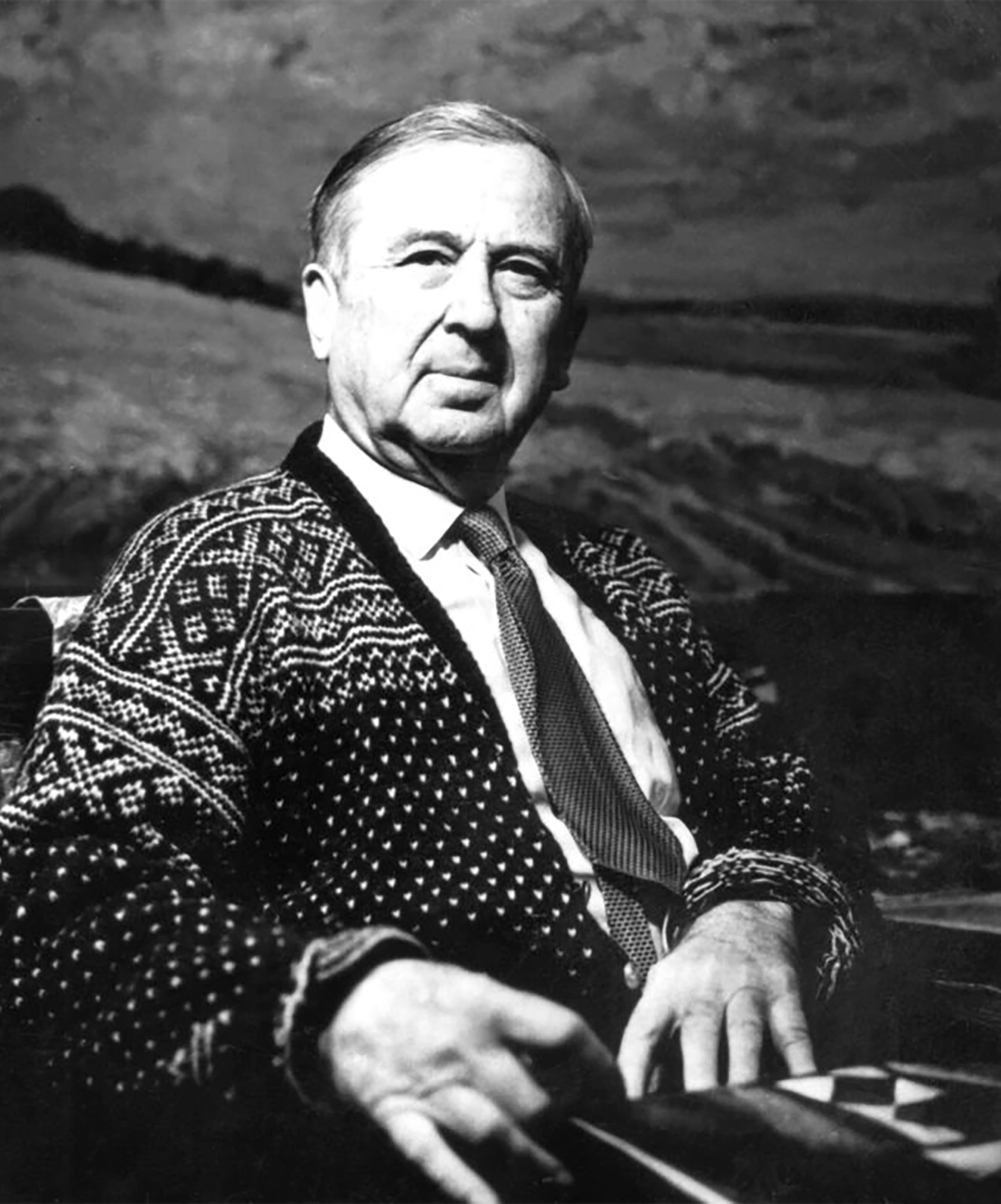- Home
- All artists
- Gluschenko Nikolas - Ukrainian artist
Gluschenko Nikolas - Ukrainian artist

Gluschenko Nikolas – born on September 17, 1901 in the city of Novomoskovsk, Dnepropetrovsk region.
In 1918 he graduated from a commercial school in Yuzovka (now Donetsk). During the First World War he moved to Germany. Studied at the School-Studio of Hans Baluszek and Arthur Kampf in Berlin and at the Berlin Higher School of Fine Arts (now Berlin University of Arts) at the workshop of Erlich Wolfsfeld.
LIFE IN PARIS
In 1925, he left Berlin and settled in Paris, opening an art atelier at 23 rue des Volontaires. In Paris the young artist fell under the influence of French impressionists: Claude Monet, Edgar Degas, Vincent Van Gogh. He was personally acquainted with Pablo Picasso and Henri Matisse, and his works were exhibited next to the paintings of these masters. By the beginning of the 1930s Gluschenko's creative image finally formed, he appeared as a talented artist with his own original face. His painting was characterized by impressionism, a fine sense of decorative expressiveness of color and freedom of expression.
Living in Berlin and Paris, Gluschenko combined the role of the artist and scout. During Nikolai Gluschenko's lifetime, none of his acquaintances and colleagues in the arts knew about his work in the intelligence service. In Moscow he was known as agent "Yarema". In 1934, the artist made a creative trip to Spain to the Balearic Islands and Mallorca.
HITLER GAVE GLUSCHENKO AN ALBUM OF HIS WATERCOLORS
Hitler and Gluschenko studied with the same teacher at the Berlin School of Art, on the advice of the teacher Hitler took a couple of lessons from Gluschenko. Later, during his senior year, Gluschenko began teaching at the same art school. In early 1940, the Soviet intelligence gave Gluschenko the task of organizing two exhibitions in parallel - of German art in Moscow and the Soviet art in Berlin. On the last day of the Berlin exhibition, it was visited by the highest leaders of the Third Reich headed by Joachim von Ribbentrop, Minister of Foreign Affairs. Addressing Nikolai Gluschenko, he said that Hitler highly appreciated his talent. He considers him one of the best landscape artists in Europe and presents him with an album of lithographs of his best watercolors as a memento. On his return to Moscow, Nikolai Glushchenko gave the album from Hitler to the leadership of Soviet intelligence. Then Stalin wished to familiarize himself with Hitler's work. The album returned to Gluschenko only a year and a half later.
RETURN TO KIEV
He returned to Moscow in 1936 and moved to Kiev in 1944. Having returned to the territory of the Soviet Union, he restored his creative activity, but his painting did not fit into the canons of socialist realism, established at the time as the only style allowed in the USSR. In his early years, Gluschenko tried to preserve the French manner of his painting, for which he received the nickname "The Frenchman. Gluschenko worked in various painting genres, but his favorite subject was landscape. In 1946 he was awarded the title Honoured Art Worker of the RSFSR, in 1963 - People's Artist of the USSR, and in 1976 - People's Artist of the USSR. In 1978 he opened a studio-museum of the artist in Kiev.

One of the most famous artists of Ukraine. His works were exhibited in Berlin, Paris, Milan, Rome, Toronto and many cities of the USSR (Moscow, Kiev, etc.). His works are kept in museums of Ukraine (National Art Museum of Ukraine in Kiev, in museums in Lviv, Dnepropetrovsk, Uzhgorod, etc.), France, USA, Canada and Italy.
Nikolai Petrovich died on October 31, 1977.




